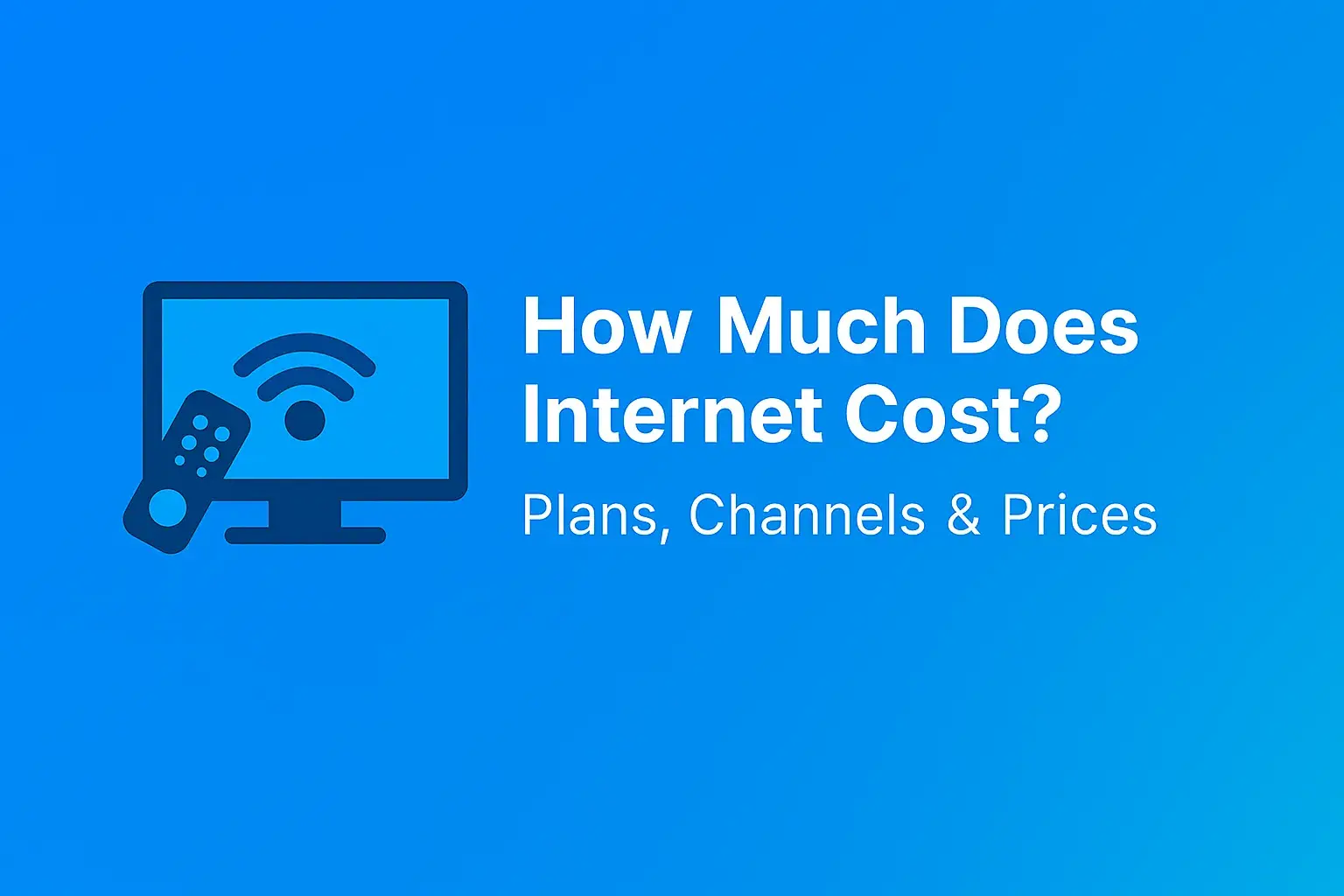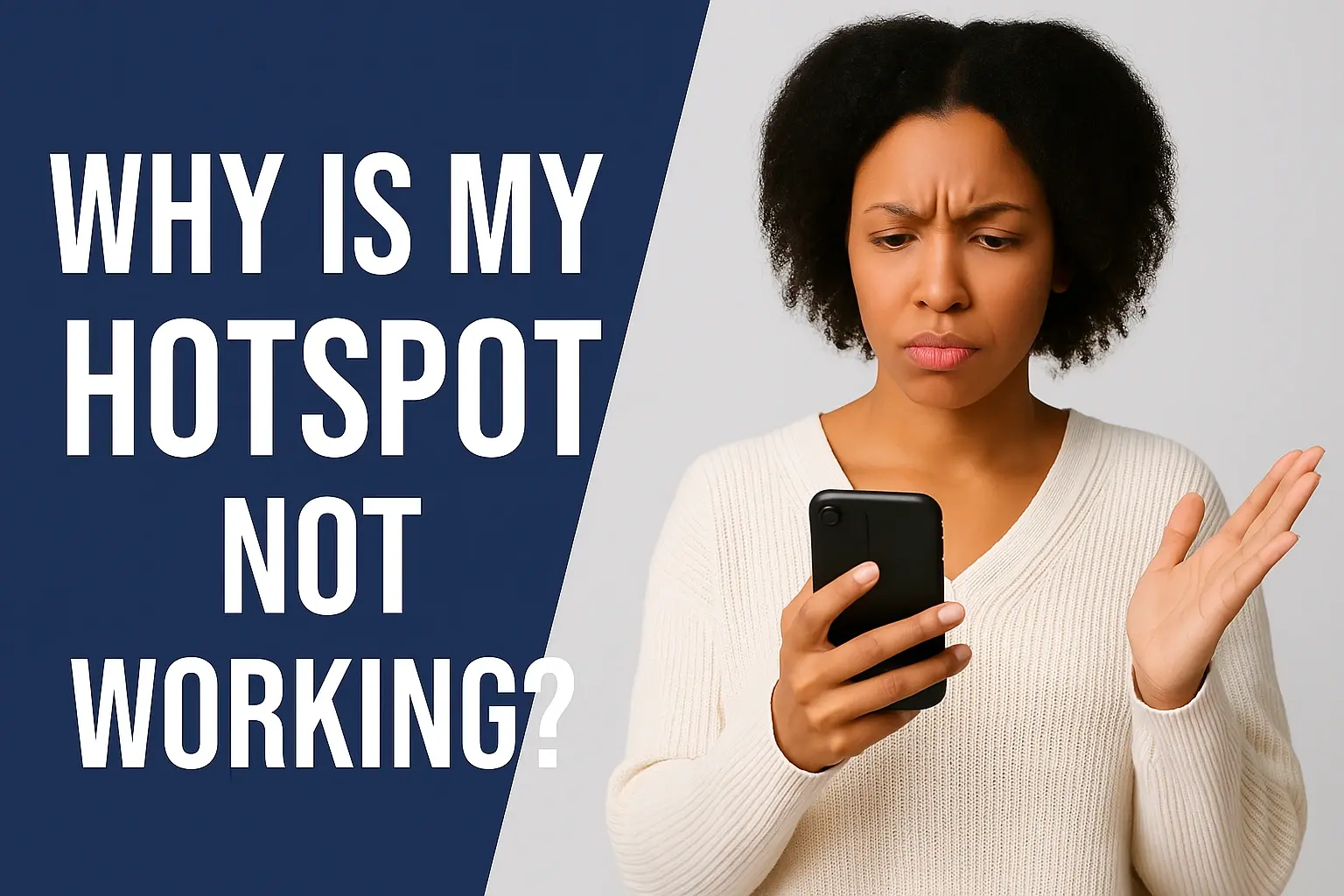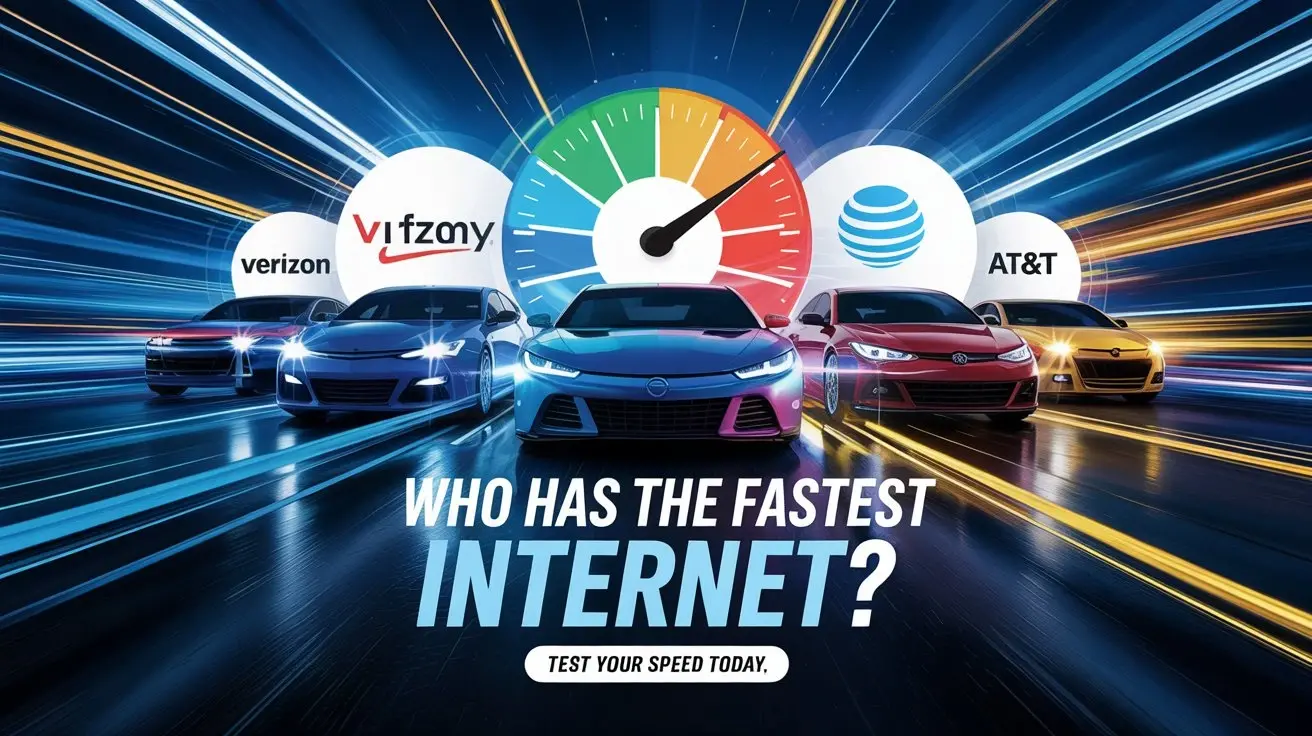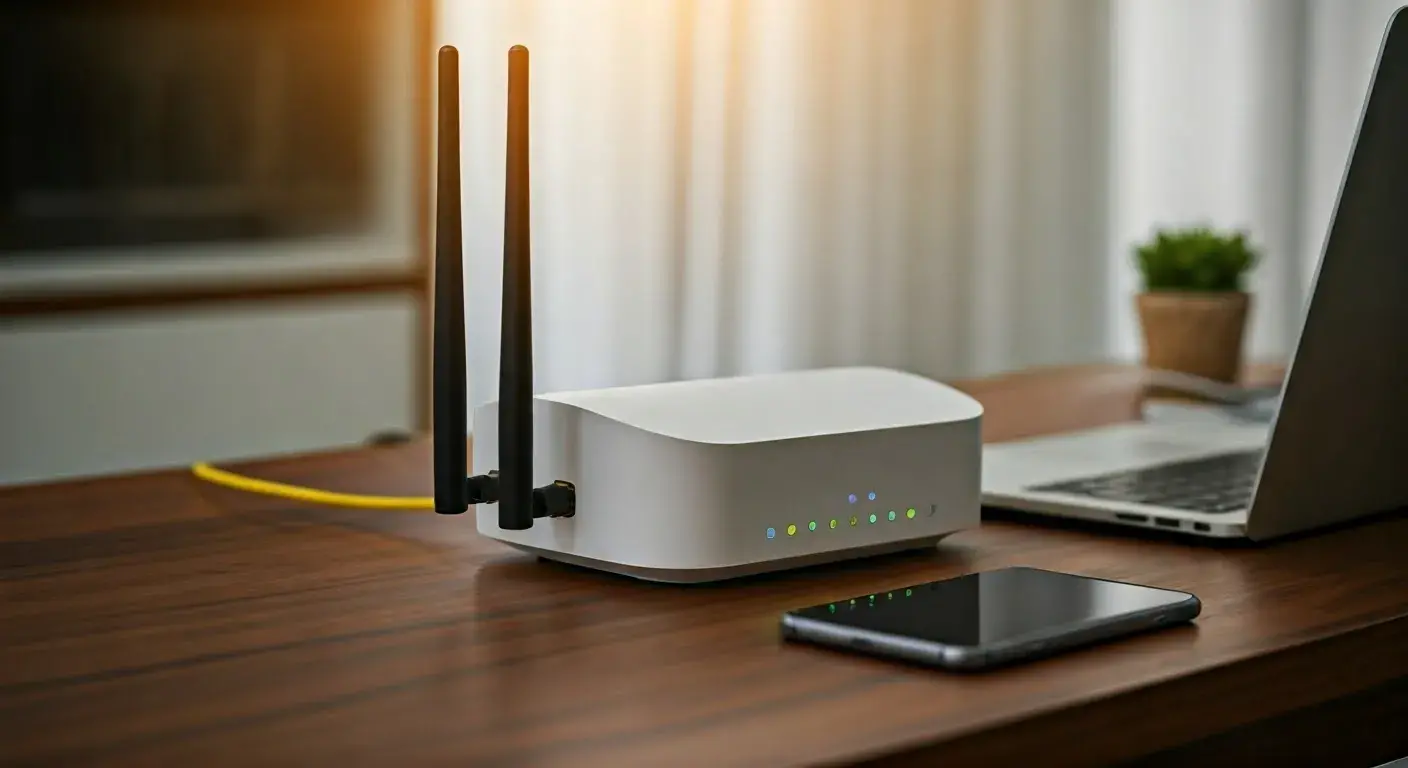What type of connection does ATT fiber use?
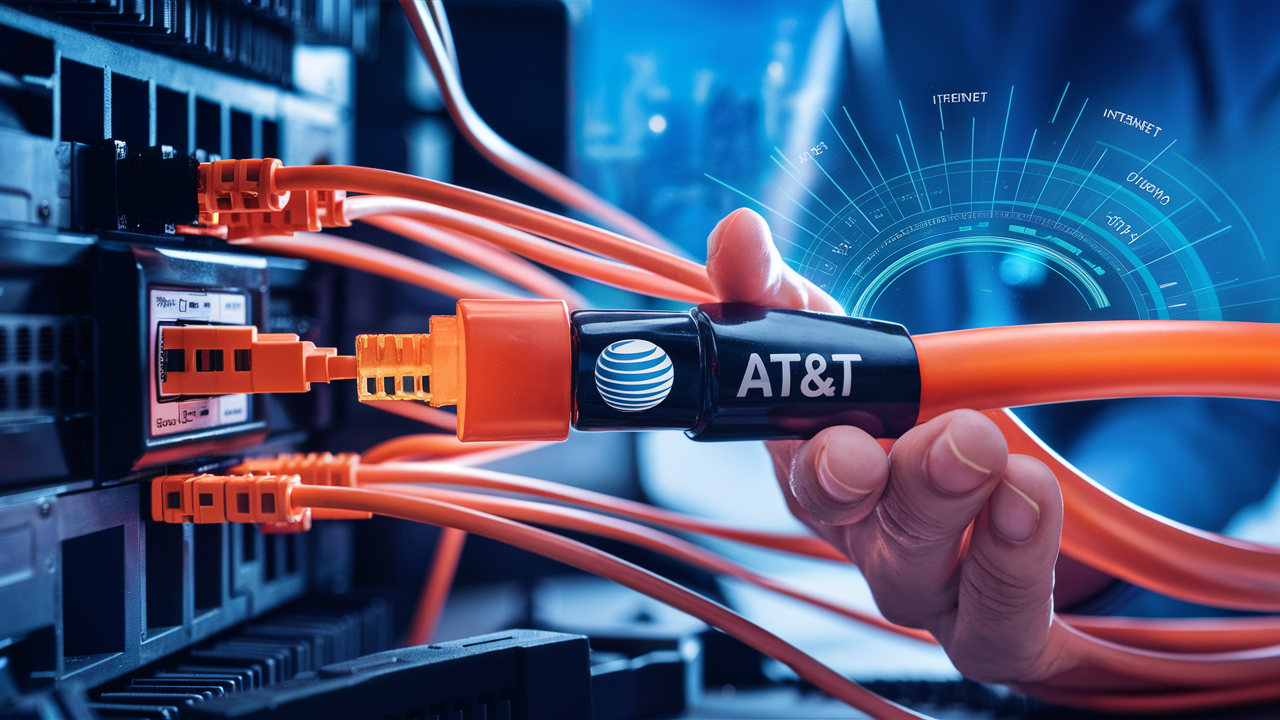
AT&T fiber internet gives high internet speeds using fiber optic technology. Fiber internet is the latest and most superior form of internet connection that provides a connection speed of up to 1Gbps. But what is exactly fiber and what type of connection is used by AT&T fiber?
What is Fiber Internet?
Fiber internet then can be defined as broadband internet that is transmitted through the use of fiber optic cables. In fiber optic cables data is transmitted in the form of pulses of light through small glass or plastic strands. The fiber optic cables consist of numerous thinner fibers inside it and each of them can carry data on its own. This enables them to transmit large volumes of data with very minimal loss over large distances.
Fiber internet offers internet speed that is much quicker than the alternatives because light travels faster than electricity through fiber than through copper wire. The light signals also experience less attenuation which makes it possible to transmit more data without a lot of distortion. Fiber has almost infinite capacity, therefore internet speed can be as high as 1 Gbps and even more.
While other internet types like DSL and cable, employ copper wiring which degrades signals over long distances. Fiber on the other hand can support high speeds anywhere from the internet provider’s hub.
Thus, in brief, fiber internet transmits data in the form of light through fiber optic cables instead of copper, which enables it to reach such great speeds.
Types of Fiber Connections
There are two main types of fiber optic connections used by internet providers like AT&T.
- Fiber to the Node (FTTN): Fiber to the Node Fiber optics in this arrangement flows from a provider's networking center to nodes like communities or collections of buildings. From these fiber nodes, the service provider's copper wire extends the connection into homes and businesses. Dependent on copper cables for the last link to the building, the fiber optic connection is in charge of distributing data across great distances from the central office.
- Fiber to the Home (FTTH): FTTH connections—that is, those between the service provider facility and the house or company premises—rely on fiber optic cables. Since the data transfers over light signals across the fibers, avoiding switching over to copper lines, this in turn allows even higher rates. AT&T generally uses fiber-to-the-home technology for the delivery of its fiber internet service.
Therefore, in many places, AT&T fiber uses direct fiber connections from central nodes into homes and offices without the requirement for copper conductors. It also assists in reducing the loss of information as well as increasing the possibilities provided by the transfer of data through the use of light beams.
First, we need to understand how AT&T Fiber works.
With this understanding that AT&T fiber employs direct fiber optic connections for providing incredibly fast internet, how does this technology function? Here is an overview of the key network components.
- Central Network Hubs: AT&T has key network sites and data centers across the nation which can be considered as the core or origin of their fiber network. All the customer contacts are initiated from these strategic centers.
- Fiber Optic Cables: The fiber optic cables consist of several thinner glass or plastic fibers that can transmit data separately. These are then used by AT&T through the use of laser or LED light signals on all these fibers which in a way converts them to actual streams of data transmission capacity.
- Connections into Homes/Businesses: For the fiber-based AT&T internet services like Internet 1000, fiber-to-the-home technology is used where a fiber optic cable is run directly into homes and businesses. This means that technicians need to extend a termination point at the point where the fiber cable connects to routers or modems within the area of service delivery.
- Modems: Customers are provided with networking equipment such as a fiber gateway, which translates the light data signals from the fiber optic connection to electrical signals. This enables one to add devices to this modem through Ethernet ports or wireless to get connected to the internet.
To explain it in layman's terms, the fiber optic cables use beams of light transmitted from AT&T’s centralized offices to customer equipment which is then converted to WiFi or ethernet connections. This renders internet connection almost as fast as possible by eliminating obstacles that hinder the normal functioning of the usual networks.
AT&T Fiber Speeds
Finally, let’s proceed to the part that you were probably most interested in: how fast is AT&T fiber internet? AT&T fiber internet is one of the fastest available from large broadband internet service providers in the United States of America.
There are a few different fiber internet packages available based on location and needs.
- Internet 300: up to 300 Mbps
- Internet 500: Connection speed of up to 500Mbps
- Internet 1000: Up to 1000 Mbit/s or 1 Gbit/s
- Indeed, many of the fiber internet packages offered by AT&T come with equal upload and download speeds. This is particularly ideal for such tasks as video calls, storing files remotely, gaming online, and the like.
Internet 1000 is the quickest package offering download and upload speeds of 940+ Mbps because of the fiber optic network. This means that you could download an HD movie in under 35 seconds or back up over 700 photos in a minute with such speed!
It also gives choices such as combining internet with wireless, TV, and many others at a cheaper price. This is just potential speed and may vary based on several factors which include, for instance, the amount of traffic on the network among others as well as the capability of the particular equipment being used. As for this, you can be confident that AT&T Fiber provides some of the fastest internet presently out there.
The Value of Speed
Now you may ask, why is speed such an important factor when it comes to fiber internet? As more and more smart home devices, streaming services, and data-hungry applications emerge, faster speeds become extremely valuable.
- More Simultaneous Connections: These blazing-fast speeds meant that more devices could be concurrently connected without putting pressure on bandwidth or experiencing buffering. Just imagine gigabit speeds: several members of a family streaming movies, video chatting, playing online games, and more, simultaneously, and with no interruptions!
- Future Proofing: Even though people may still think that 300 or 500 Mbps internet is incredibly fast now, data usage is still growing exponentially worldwide. By taking the highest available speeds it is wiser to future-proof the home or business as there is bound to be an increase in demand in the next 5-10 years and beyond.
- Enhanced Capabilities: Actual fiber speeds create the possibility of incorporating such features as super-fast cloud data backup, high picture quality for streaming or conferencing, almost-instant downloading of new-generation games and programs, etc. It means that speed is not only associated with the fast loading of web pages but also with the overall internet performance.
Thus, fiber internet presents an investment towards future data requirements and enhanced connectivity. The gap in the speed provided by the normal internet connection and that offered by the AT&T Internet fiber connection can only be explained after feeling the difference.
The Future of AT&T Fiber
AT&T fiber is currently present in many large cities in the United States and is expected to make it to even more cities in the coming years. The measures taken to combat COVID-19 highlighted the need for high-speed and stable connectivity as work shifted to home offices, and people turned to streaming services. AT&T fiber remained prepared and had better capabilities when it came to usage by consumers which drastically increased.
It is only a matter of time before fiber optics are more commonplace and 5G wireless technology advances, making internet speeds even quicker. AT&T remains committed to fiber and 5G advancements for homes and businesses to enhance capabilities. Their fiber network, when coupled with bleeding-edge mobile networks, is expected to push connectivity to the next level.
In conclusion, AT&T fiber is the future of extremely fast internet because it involves direct fiber-optic connections directly into buildings. This eliminates the constraints of traditional networks to offer some of the most basic internet speeds offered by the main market players. If you are lucky enough to have access to AT&T fiber services in your home or office, do not miss the opportunity to use these ultra-high-speed fiber connections!
Upgrade to faster, more reliable AT&T Fiber Internet today! Call us at +1 844-905-5002 and get connected with speeds that keep you ahead.
